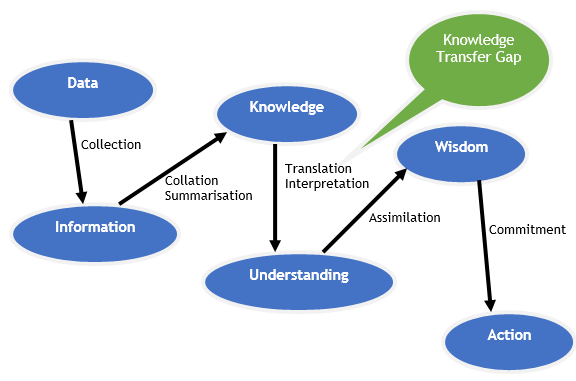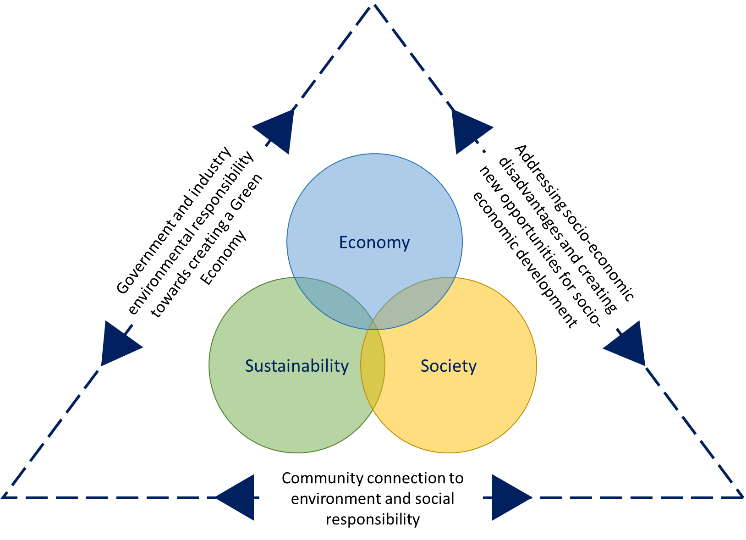Feasibility Study and Operational Plan for an Innovation Network in Yorkshire, UK (2010)
Keston Technologies undertook the design, development and initial implementation of an Advanced Materials Solutions Innovation Network in Yorkshire and Humberside. This initiative was a multi-sectoral network designed to stimulate effective knowledge and technology transfer between participants.
The Network aimed to help regional companies to identify and respond to future business challenges and opportunities. It aimed to do this through identifying a number of pertinent industry-led topics, via a range of future proofing activities, and facilitating consortia of companies through the subsequent innovation journey in order to deliver increased competitiveness and business growth.
The Innovation Network was clearly differentiated from single company-focused support initiatives, such as the Innovation Support Service, and coordinated activities in order to ensure smooth and efficient interfaces.
Under the design and development contract, a Feasibility Study and Operational Plan for the establishment of the Innovation Network were developed and these were successful in securing investment for the initiative.
Provision of Analysis into Successful Innovation in Regional Western Australia (2012)
On behalf of the Department of Commerce. and in association with the Western Australian Technology and Industry Advisory Council (TIAC), Keston Technologies undertook a project to explore the factors that influence the success of innovation in regional areas of WA in order to provide recommendations for new strategies to stimulate regional innovation and add value to the state. This work was important as it is widely recognised that innovation is a key driver of economic development.
Through stakeholder interviews and associated surveys, the study collected information and evidence to:
- Identify a wide range of examples of both successful and unsuccessful innovations originating from regional areas,
- Identify factors that contributed to the success of these innovations and/or barriers encountered that limited or prevented the success of their innovations,
- Identify the key locations of regional innovators and the factors that lead innovators to choose those locations,
- Identify the key factors that underpin the success of innovation in regional areas,
- Identify areas of focus that offer the greatest opportunity to stimulate innovation and add value to the State.
Independent Review of the Technology Developer Accelerator Programme (2015-2019)
The Advanced Propulsion Centre (APC) has developed and implemented the Technology Developer Accelerator Programme (TDAP), a programme aimed at small and medium sized technology developers (TDs) with low carbon propulsion technologies that can be applied to the automotive sector. Working through Beta Technology Ltd, Keston Technologies has undertaken several independent reviews of the TDAP, in successive waves, including an assessment of economic impact and an opinion on its design and implementation.
Project Technical Advisor (PTA) for the European Commission on collaborative R&D projects (2012 – 2017)
On behalf of the European Commission, and through Beta Technology Ltd, Keston Technologies provided project monitoring services for six European-funded projects.
These were large, multi-partner, multi-national projects lasting between three and five years and with budgets ranging from 5m to 15m Euros each. Most of the activity was undertaken remotely but did entail meetings with the project consortia on a six monthly basis.
Monitoring and Evaluation of the UK’s Micro and Nano Technologies Facilities Network (2007-2012)
The UK Government established several facilities offering world class MNT technology. The aim of these facilities was to understand and stimulate their markets to generate growth as well as developing technology. Richard Ball was assigned as a monitor to several of these projects for a six year period, with the monitoring having both a strategic and business focus. The monitoring focused on impact & additionality, business planning, management & governance and business development.
Working on behalf of the Great Southern Development Commission, Keston Technologies completed a Stratgeic Economic Development analysis for the Great Southern region of Western Australia.
The Great Southern, in common with regions across Australia, faces a number of key opportunities, challenges and threats over the coming decade that require responses at all levels of government, industry and the community. To help inform these responses, the analysis aimed to help guide strategic investment by government and the private sector and to improve planning.
The analysis was intended to provide overarching strategic guidance to inform actions that would build upon the economic strengths of the region and to respond to the opportunities for, and threats to, the economy.
Economic development is about harnessing the natural, industry and community resources and opportunities to stimulate sustainable economic activity.
Among other issues, the analysis considered:
- The development of the regional economy.
- The support of existing business and industry.
- The facilitation of sustainable and innovative practices.
- The creation of an environment that is conducive to business and industry development and attraction.
- The building of partnerships, business networks and alliances.
Preliminary Assessment of Emerging Energy Options in the Great Southern (2016)
This study assessed a number of emerging energy options in the Great Southern region of Western Australia, including:
- Extension of the Dampier to Bunbury natural gas pipeline to Albany with various alternative routes being considered and/or favoured by different interests.
- Consolidation and expansion of wind energy options.
- A major proposal from a private/public sector partnership for a micro-grid solution along the South coast incorporating solar, battery storage and wave energy.
The study aimed to assess these options in terms of their respective costs, benefits and, in particular, risks. A multi-criteria approach was used, which provided the basis for balancing the pros and cons of such diverse projects, with differing outputs. A tool was developed for ranking the options across four different broad criteria:
- Energy factors: the ability of each option to meet forecast total demand and peak demand and the estimated reliability of each option for power generation.
- Financial factors: the level, phasing and funding sources of capital investment required, and the estimated financial feasibility.
- Economic factors: the estimated contribution of each option on the regional economy, both during the project construction phase as well as ongoing benefits.
- Risk factors: the perceived risks of each option (technology, implementation, market, regulatory and societal).
The tool developed enabled a multifactorial comparison of options and a simple summary of the comparison. A fifth option was also highlighted to indicate that alternative options exist, which would need to be considered in a definitive assessment.
Development of a Regional Economic Development Strategy for Great Southern (2012)
Working on behalf of the Great Southern Development Commission, Keston Technologies completed a Regional Economic Development Strategy (REDS) for the Great Southern region of Western Australia.
The Great Southern, in common with regions across Australia, faces a number of key opportunities, challenges and threats over the coming decade that require responses at all levels of government and the community. To help inform these responses, the REDS aims to help guide strategic investment by government and the private sector and to improve planning.
The REDS is intended to be an overarching strategic document outlining actions to build upon the economic strengths of the region and to respond to the opportunities for, and threats to, the economy. It aims to provide planning direction and inform stakeholder's actions for a 10 year horizon spanning from 2012 to 2022.
Among other issues, the REDS considered:
- The development of the regional economy.
- The support of existing business and industry.
- The facilitation of sustainable and innovative practices.
- The creation of an environment that is conducive to business and industry development and attraction.
- The building of partnerships, business networks and alliances.
Collaborative Multi-disciplinary Research Facilities (2012)
In June 2011, the Premier of Western Australia announced a $63 million package to support the government’s Kimberley Science and Conservation Strategy. Successive Commonwealth Governments have also acknowledged this need by funding research programs. These programs are generally aimed at all of tropical Australia, not just the Kimberley. Given the current situation, this project was commissioned to explore whether existing and future research in the Kimberley would benefit from the establishment of new research facilities in the region, and if so, what form any new facilities would take.
The project was undertaken by Keston Technologies, working in conjunction with the Centre of Excellence for Natural Resource Management (CENRM) of the University of Western Australia (UWA).
The number of stakeholders involved in research in the Kimberley are numerous and diverse. It was important to capture all of the activities and initiatives underway and to identify gaps and opportunities for future activities. Gathering and analysing all of this information was the key challenge and was undertaken through an extensive program of stakeholder interviews, supported by a wide-ranging survey in order to capture quantitative information about perceptions and activities.
The project identified research groups operating within and contributing to the region, mapped the existing research infrastructure, identified potential growth areas for research, described the nature and scope of research facilities required to meet the future demand for research and
provided recommendations on how existing facilities might be enhanced and better utilised.







